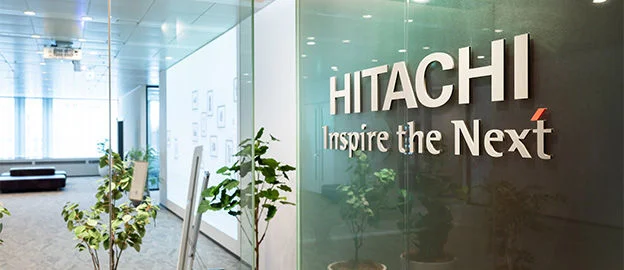Jersey Mike's secures 15 million of their most loyal users
Products
Our platforms secure all types of identity from AI agents to your customers, employees, and partners.
Our platforms secure all types of identity from AI agents to your customers, employees, and partners.
Okta is the neutral, powerful, and extensible platform that puts identity at the heart of your stack.
Okta and Auth0 deliver flexible, secure access. Build fast with our extensible platforms for customers, workforce, and non-human identities.
Our platforms secure all types of identity from AI agents to your customers, employees, and partners.
Our platforms secure all types of identity from AI agents to your customers, employees, and partners.
Okta is the neutral, powerful, and extensible platform that puts identity at the heart of your stack.
Okta and Auth0 deliver flexible, secure access. Build fast with our extensible platforms for customers, workforce, and non-human identities.
Our platforms secure all types of identity from AI agents to your customers, employees, and partners.
Customers
Two thirds of the Fortune 100 and thousands of other organizations count on Okta for their Identity-powered journeys.
Get hands on with the free trial today, or get in touch with our team to discuss your unique needs.





























